UX design is specifically focused on enhancing and optimizing user interactions with products or services. Unlike other design disciplines, it goes beyond visual aesthetics, delving into the psychology of user needs to create seamless and enjoyable interaction design experiences.
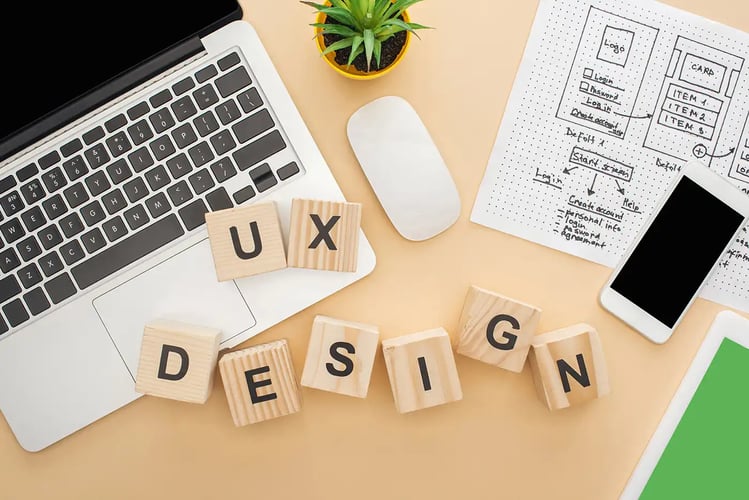
December 1, 2023
What is UX Design and Its Benefits?
Written by Mark Coulstring
Overview
- UX design is the process of crafting digital experiences that prioritize user needs, behaviors, and satisfaction, aiming to create intuitive, enjoyable, and functional products or services.
- Benefits of UX Design include:
- increased customer satisfaction
- long-term growth and innovation
- informed product development
- adaptability to shifting consumer expectations
- improved bottom line
- reduced development cost
- increased customer retention and acquisition
- higher revenue growth
- overall company success
Time to read: 20 min
What is UX Design?
UX design is the process of crafting digital experiences that prioritize user needs, behaviors, and satisfaction, aiming to create intuitive, enjoyable, and functional products or services. Unlike traditional design focused solely on aesthetics, UX design dives deeper into understanding why users interact with products or services the way they do.
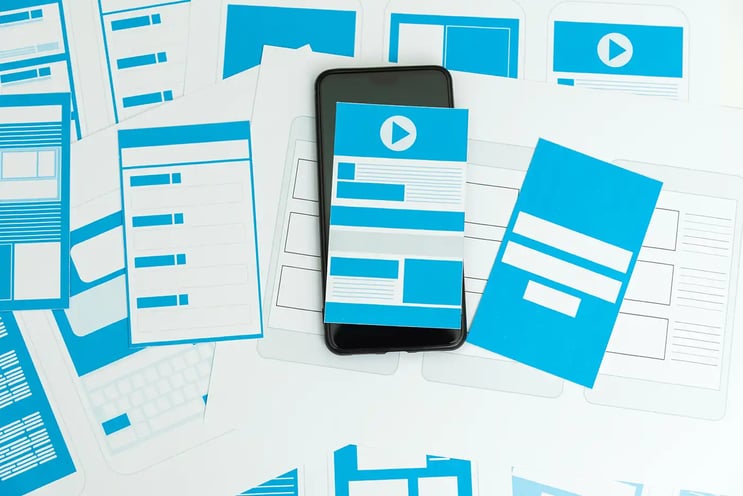
In the ever-evolving landscape of the digital realm, User Experience (UX) design acts as a guiding force, adapting to rapid changes in user preferences, technological advancements, and market dynamics. Navigating this complex terrain demands more than just visual appeal—it requires a profound understanding of users and a steadfast commitment to delivering experiences that resonate.
UX designers employ an array of techniques, including in-depth research, user testing, and iterative design processes, to ensure that the final product not only meets but exceeds user expectations. Their ultimate goal is to create a seamless and enjoyable experience by considering users' needs, preferences, and pain points at every touchpoint between the user and the product. This holistic approach results in higher customer satisfaction, increased usability, and improved business outcomes, making UX design a cornerstone of successful product development in today's digital age.
The Digital Landscape
In this swiftly transforming digital landscape, UX design stands as the compass guiding businesses through the intricacies of user interaction. Beyond the surface of aesthetics, UX design is a beacon illuminating the path to customer satisfaction, long-term growth, and enhanced revenue streams.
As we embark on this journey through the realms of UX design, envision a terrain where adaptability is key, and each digital shift offers an opportunity for innovation and success. This guide delves into the core principles of the discipline, unraveling its manifold benefits and unveiling the strategic approach needed to thrive in this ever-evolving digital age.
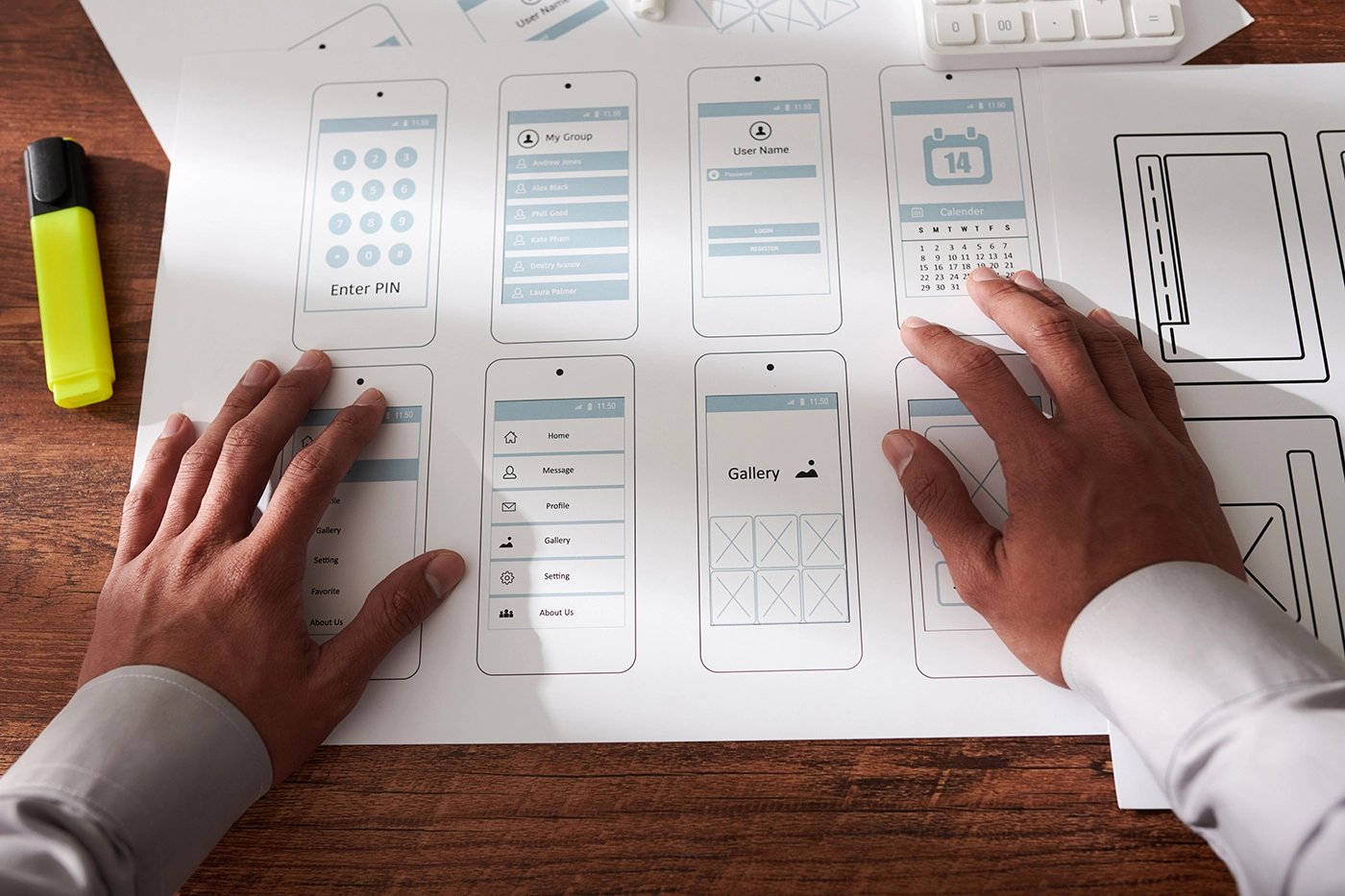
From the nuanced art of performing user research to the seamless orchestration of development processes, UX design emerges as the linchpin in the competitive market landscape. Join us as we explore the intricate process and decipher the profound purpose of this dynamic field.
In a digital world where change is constant, the significance of user experience is paramount in products such as mobile apps. So, buckle up for a journey that not only underscores the pivotal role of UX designers but also illuminates the path to a symbiotic relationship between users and businesses.
UX DESIGN BASICS
Understanding the foundational principles of User Experience design is key to unlocking its full potential. UX, or user experience, is more than just a buzzword; it's the essence of creating products and services that resonate with users and elevate their interactions.
User experience goes beyond aesthetics, delving into the intricate psychology of users' behavior. This section takes you through the fundamental elements of UX, starting with what it is and its significance.
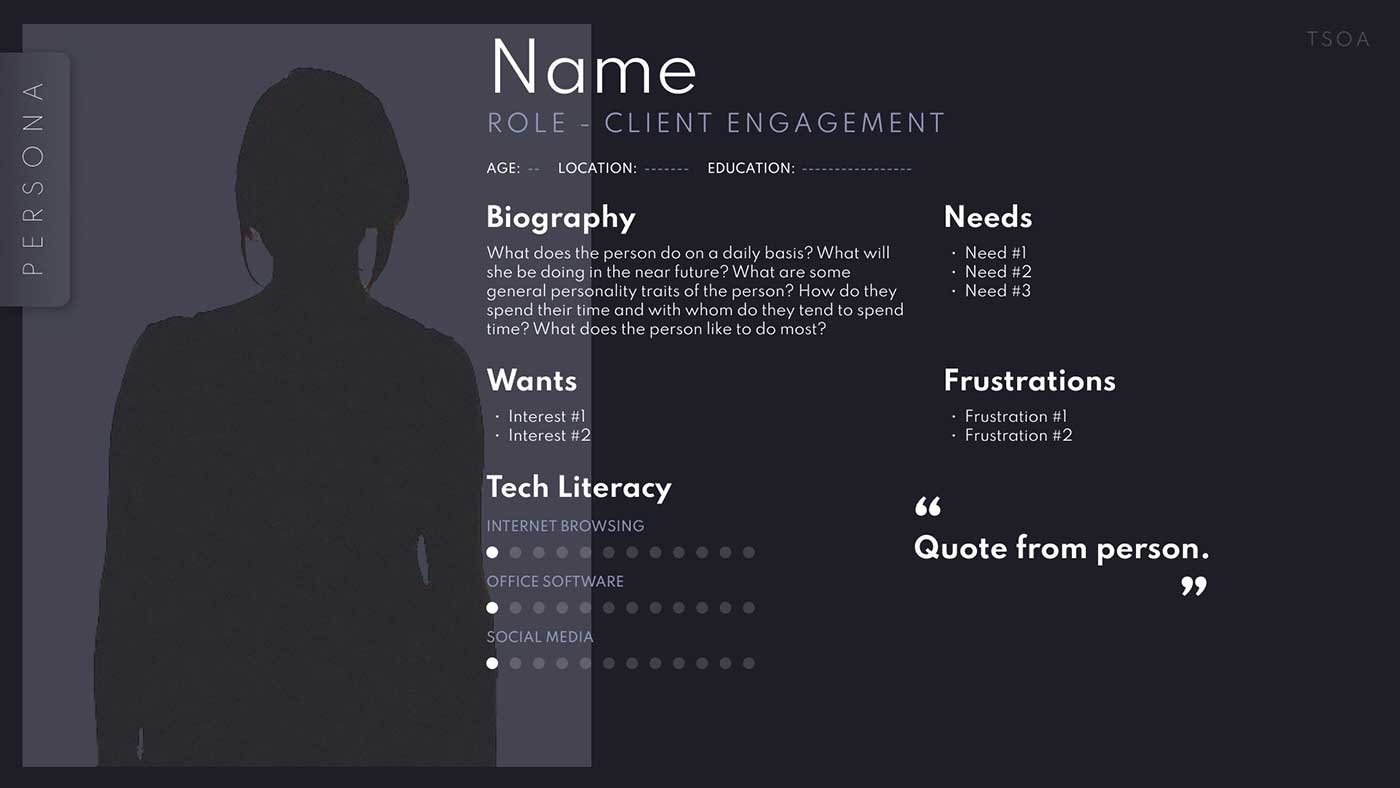
You'll discover how it seamlessly blends research, testing, and iterative design to ensure user satisfaction and business success. Additionally, we'll delve into the benefits of prioritizing user experience, the structured framework of the process, and the dual purpose of delivering products that meet user needs and provide an enjoyable journey.
In essence, this section serves as a cornerstone for understanding the dynamic field of UX designers and their far-reaching impact on both users and businesses in today's digital age.
What are the Benefits of UX Design?
The advantages of UX design extend far beyond the surface, making it an integral component of modern product development. By prioritizing user experience, businesses can reap a multitude of benefits.
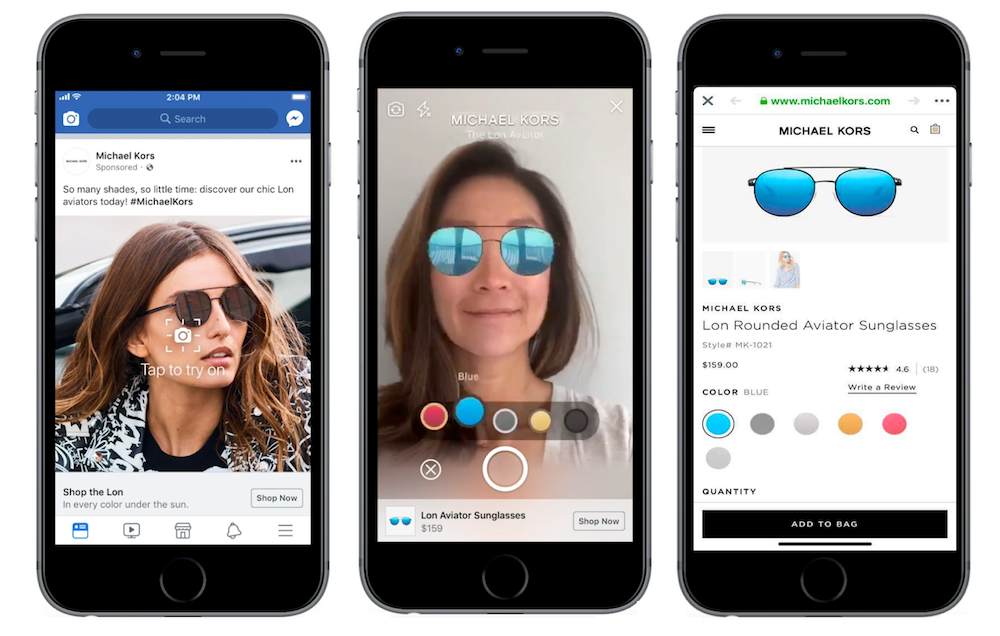
First and foremost, experienced UX designers result in heightened customer satisfaction, as products and services are tailored to meet the needs and expectations of users.
This, in turn, fosters brand loyalty and can translate into increased conversions and revenue growth. Beyond the immediate financial impact, a better user experience contributes to an overall positive brand image, attracting more customers and ensuring their continued engagement.
User experience design isn't just about aesthetics; it's about creating a holistic and enjoyable journey for users, from the initial interaction to the final action, making it an essential strategy for achieving business success in the digital age.

Marc Coulstring
VP of User Experience, Seamgen
Marc, our Vice President of User Experience at Seamgen, is a seasoned expert with a rich background from prominent engagements with clients such as CVS, Aetna, and Intuit. With 12 years under his belt in UX/UI design, from web development to mastering front-end technologies like HTML, CSS, and JS, he has consistently demonstrated superior skills and leadership in the dynamic world of digital design and strategy.
What is the UX Design Process?
The user experience design process is a structured framework that guides the creation of user-centered products and services. It consists of several interconnected stages, each with its own unique significance.
The User Experience Design Process: At a Glance
-
User Research
Conduct user research to understand consumer needs -
User Needs
Design Phase where designers address these needs -
User Testing
Conduct user testing involving feedback and iterative improvements -
Implementation
Phase uses interaction design* to turn the design into a user-friendly product
*Interaction design refers to a process in which UX designers move past the product itself and focus on how users will interact with it.
The journey begins with research, where designers delve deep into understanding the target audience, their behaviors, and their needs. This invaluable knowledge forms the foundation for the subsequent design phase, where concepts are crafted by the UX designer to address users' needs and aspirations.
However, the process doesn't stop there. Rigorous testing comes next, involving customer feedback and iterative improvements to fine-tune the design until it's seamless and intuitive. Finally, the implementation phase transforms the design into a real, user-friendly product via interaction design.
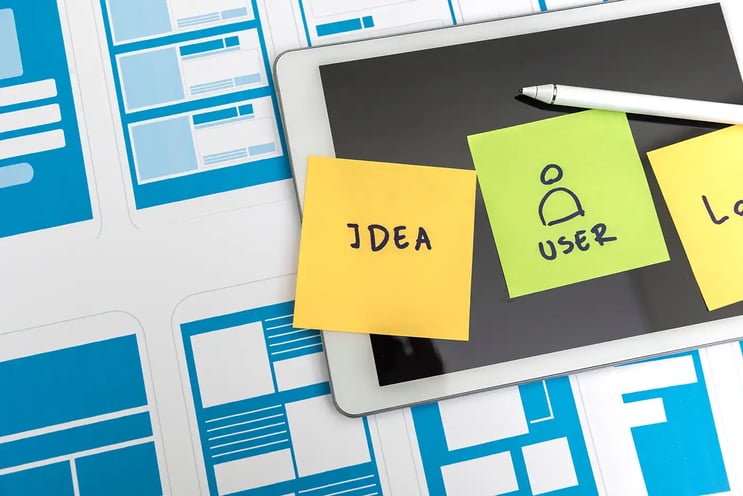
This holistic approach ensures that the end result has not only a strong visual design but is also highly functional, creating a product or service that users love and return to.
By adhering to the UX design process, businesses can optimize their products and services for success in a competitive market while fostering enhanced user experiences.
What is the purpose of UX Design?
The fundamental purpose of user experience design is twofold: to deliver a product or service that not only meets but anticipates user needs and to ensure that users have an enjoyable and satisfying experience throughout their journey.
The user experience designer goes beyond the surface, delving into the psychology of users' behavior, to create an intuitive and user-friendly environment; a human centered design.

The first part of this purpose, meeting user needs, involves extensive research to understand the target audience, their pain points, and desires. Designers leverage this knowledge to build products that address these needs, resulting in increased customer satisfaction and loyalty.
On the other hand, providing an enjoyable and satisfying experience encompasses the entire user journey, from the initial interaction to the final outcome. It's about making the user feel valued and understood at every touchpoint.
A seamless and delightful experience, as well as an experienced UX designer, not only keeps users engaged but also contributes to positive brand perception and higher conversion rates.
In essence, the purpose of UX design is to bridge the gap between user expectations and what a product or service delivers, ultimately creating a win-win scenario for both users and businesses.
Who are We? UI / UX Design experts
- Seamgen designs custom apps with user-focused design and functionality.
- Over a decade of helping diverse industries improve their apps. Learn more about Seamgen's UX Design.
- Deep experience utilizing consumer feedback to improve app designs across various devices.
- We use agile methods for iterative design and development along with cutting-edge tools to aid in the design and testing process.
- USA Development Agency specializing in UX Design based in San Diego, CA.
- We invite you to call us for a free project consulation.
BENEFITS OF USER EXPERIENCE DESIGN
Imagine a world where every digital product or service is tailored to the users' specific needs, seamlessly integrated into their daily lives, and continually evolving to meet their changing preferences. This utopian vision is achievable through the strategic implementation of UX deliverables – the tangible outcomes of user experience methods that guide and inform the design process.
Unlocking the Benefits of UX Design
By leveraging a robust UX design strategy, businesses can unlock a myriad of benefits that result in not only increased customer satisfaction but also long-term growth and innovation. Utilizing user experience design methods allows organizations to create products that are intuitive, enjoyable, and relevant for their users.
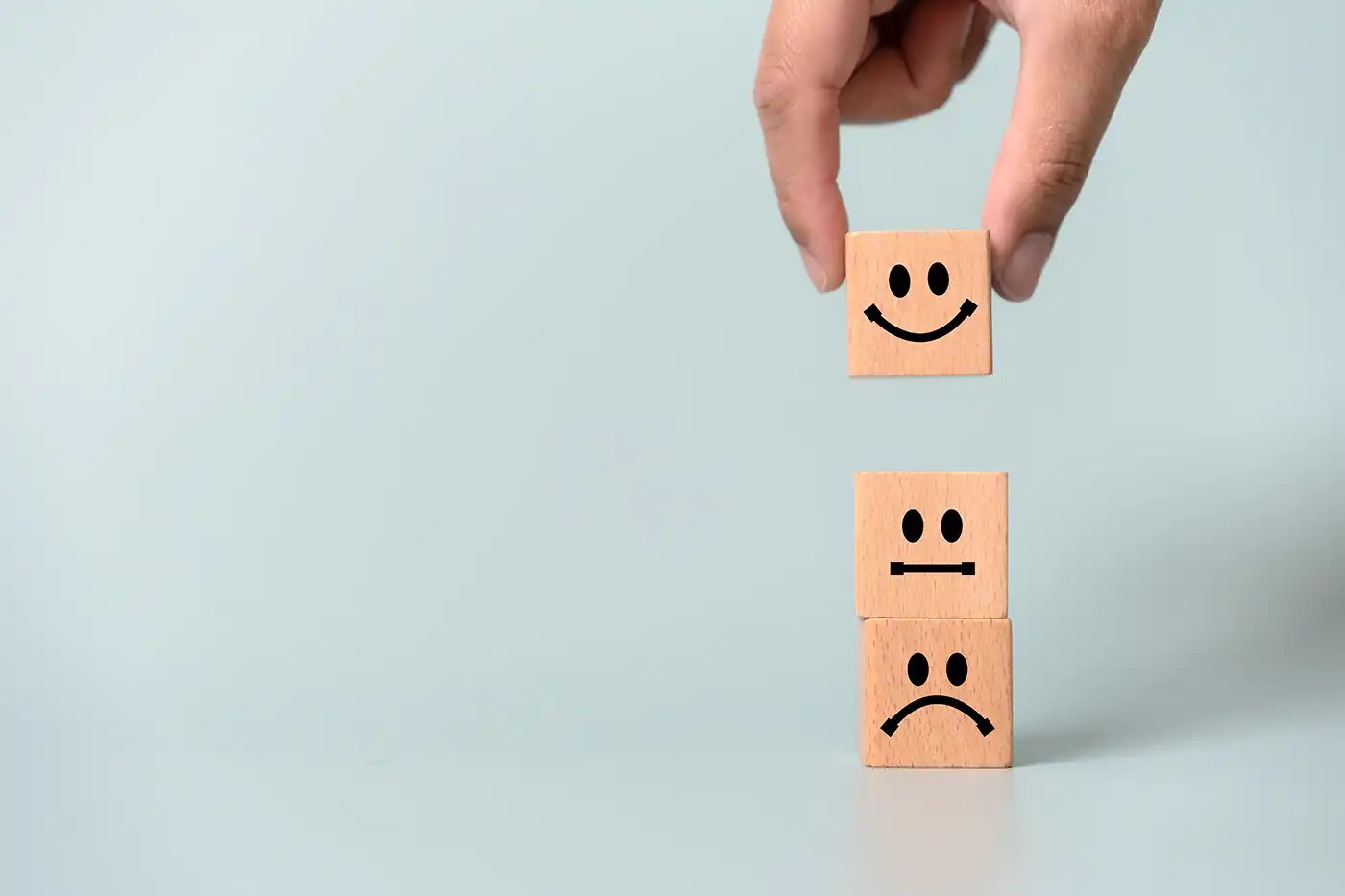
When businesses prioritize user experience and invest in understanding their customers' needs, they gain valuable insights that inform product development decisions. Consequently, this leads to more innovative solutions that stand out from competitors and capture users' attention.
Leveraging the Benefits of UX Design
In the digital age, the significance of user experience design skills cannot be overstated. It's a multifaceted discipline that transcends mere aesthetics, delving deep into the psychology of user behavior. UX designers take a comprehensive approach that encompasses a spectrum of benefits, each intricately linked to the others.
At their core, user experience designers focus on delivering products and UI/UX design services that are not just functional but intuitive and enjoyable for users. It's about understanding the needs, preferences, and pain points of a user base, and then creating experiences that cater to those aspects. This focus on user satisfaction is the foundation upon which the numerous benefits of user experience design are built.
9 Benefits of UX Design: A Quick List
-
Increased Customer Satisfaction
-
Long-term Growth and Innovation
-
Informed Product Development
-
Adaptability to Shifting Consumer Expectations
-
Improved Bottom Line
-
Reduced Development Cost
-
Increased Customer Retention and Acquisition
-
Higher Revenue Growth
-
Overall Company Success
UX Design Benefit #1: Increased Customer Satisfaction
UX designers focus on creating products and services that cater to the needs and preferences of the target audience. This, in turn, leads to higher customer satisfaction and often, a competitive advantage.
A well-designed user interface and seamless interactions enhance the overall user experience, leaving customers more satisfied with your product or service.
UX Design Benefit #2: Long-term Growth and Innovation
UX design is not just about solving immediate problems; it's a strategic approach that promotes long-term growth. By continually improving the user experience, businesses can stay competitive and innovative in the market.
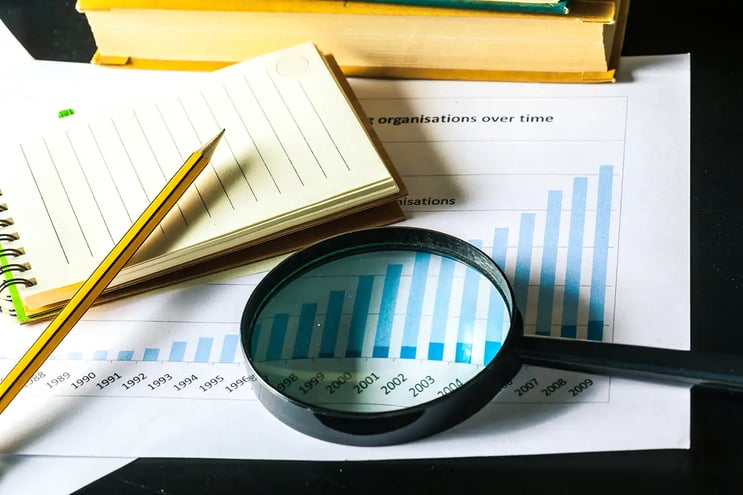
User experience design encourages a culture of innovation, as it requires constant adaptation to changing needs and technological advancements.
UX Design Benefit #3: Informed Product Development
UX designers conduct extensive user research and gather user insights to inform the development of products and services. This research-driven approach ensures that products are tailored to user expectations.
Informed product development minimizes the risk of creating user flows, features, or functionalities that users don't need or want, ultimately saving time and resources.
UX Design Benefit #4: Adaptability to Shifting Consumer Expectations
Consumer expectations evolve over time. A strong UX designer helps businesses adapt to these changes by conducting user research, anticipating their evolving needs.
By continuously refining the user experience via practices like usability testing, a company can remain relevant and in tune with the shifting demands of its audience, another example of a competitive advantage.
UX Design Benefit #5: Improved Bottom Line
A better user experience can lead to increased customer loyalty and repeat business. Happy customers are more likely to become loyal customers, resulting in a positive impact on the bottom line.
Furthermore, a seamless user experience and user interface can also lead to increased conversion rates, further contributing to improved revenue.
UX Design Benefit #6: Reduced Development Costs
Investing in UX design upfront can actually save development costs in the long run. By identifying and addressing user issues early in the process, user flows are created, avoiding costly redesigns and revisions later on.
Streamlined and user-centered visual design processes reduce the need for expensive changes after a final product has been developed.
UX Design Benefit #7: Increased Customer Retention and Acquisition
A well-designed user experience not only retains existing customers but also attracts new ones. Satisfied customers are more likely to recommend a product or service to others.

Positive word-of-mouth and referrals can lead to an increase in customer acquisition, ultimately driving business growth.
UX Design Benefit #8: Higher Revenue Growth
The combination of increased customer retention, acquisition, and improved conversion rates leads to higher revenue growth. Companies with seasoned UX designers often experience a significant boost in their financial performance.
The revenue growth resulting from working with an experienced UX designer can be a substantial return on investment.
UX Design Benefit #9: Overall Company Success
A strong focus on UX design is a critical factor in achieving overall company success. A company that values and prioritizes the user experience as well as visual design is more likely to thrive in the competitive business landscape.
Successful companies understand that the user is at the center of their strategy and that providing a great user experience is key to their prosperity.
Moreover, by incorporating user feedback throughout the iterative design process, these organizations ensure that they remain adaptable to shifting consumer expectations – fostering an environment where innovation thrives.
The benefits of employing UX designers extend beyond simply creating products that resonate with consumers; it also has a significant impact on a company's bottom line.
Wrapping Up
As we conclude this comprehensive journey through the expansive realms of UX design, it becomes clear that this discipline embodies far more than crafting aesthetically pleasing interfaces; it's an orchestrated force driving the digital landscape. UX designers' work transcends mere surface appeal, delving into the intricate psychology of users' behavior, serving as the guiding compass for businesses toward paramount goals—customer satisfaction, sustained growth, and amplified revenue.
From unraveling the foundational principles and multifaceted benefits of UX design to immersing ourselves in the intricate UX process, this guide has laid bare the layers that define this discipline as the linchpin in today's competitive market terrain.
The fundamental purpose of UX designers' work remains twofold: anticipating users' needs and ensuring an engaging journey at every touchpoint. Its benefits span a wide spectrum, from heightening customer satisfaction and fostering long-term growth to informing precise product development strategies and boosting bottom lines.
Whether you're a seasoned UX designer or an eager newcomer intrigued by the potential, the crux of success here rests upon an unyielding dedication to understanding users, perpetual learning, and an unwavering commitment to sculpting impactful, user-centered experiences.
As you navigate this ever-evolving digital realm, remember: UX design isn't just a destination; it's a continuous journey toward crafting digital experiences that resonate deeply with users, propelling businesses toward success in the dynamic world of tomorrow.
To enjoy additional UX Design related content see the following articles:
The Most Common UX Design Deliverables
Qualitative and Quantitative UX Research
FREQUENTLY ASKED QUESTIONS
2
2. How does UX design contribute to long-term business growth?
+
Prioritizing user experience through UX design skills leads to heightened customer satisfaction, fostering brand loyalty. This, in turn, can result in increased conversions and revenue growth. Additionally, a positive user experience contributes to a positive brand image, attracting more customers and ensuring continued engagement.
3
3. How does UX design contribute to reducing development costs?
+
Investing in UX designers upfront can identify potential issues early in the process, avoiding costly redesigns later on. Streamlined and user-centered design processes reduce the need for expensive changes after a product has been developed, ultimately saving both time and resources.
4
4. How does UX design contribute to overall company success?
+
A strong focus on UX design is a critical factor in achieving overall company success. Successful companies understand that prioritizing the user experience is key to thriving in the competitive business landscape. The positive impact of UX designers extends beyond creating products; it significantly influences a company's bottom line and fosters an environment where innovation thrives.
5
5. How can businesses leverage UX design methods to stay competitive?
+
By leveraging a robust UX design strategy, businesses can unlock benefits such as increased customer satisfaction, long-term growth, and innovation. Understanding customer needs via user research, usability testing and investing in user experience lead to insights that inform product development decisions. This strategic approach helps organizations create products that stand out from competitors and capture users' attention.

Written by
Mark Coulstring
VP, User Experience, Seamgen
Product Design & Strategy Leader, Worked with CVS, Aetna, Oakley, KIA, Intuit, ViaSat, AARP, Experian, and many more.

Do you need a premier custom software development partner?
Let’s discuss your modernization strategy and digital application goals.
Let's Connect
Up Next






